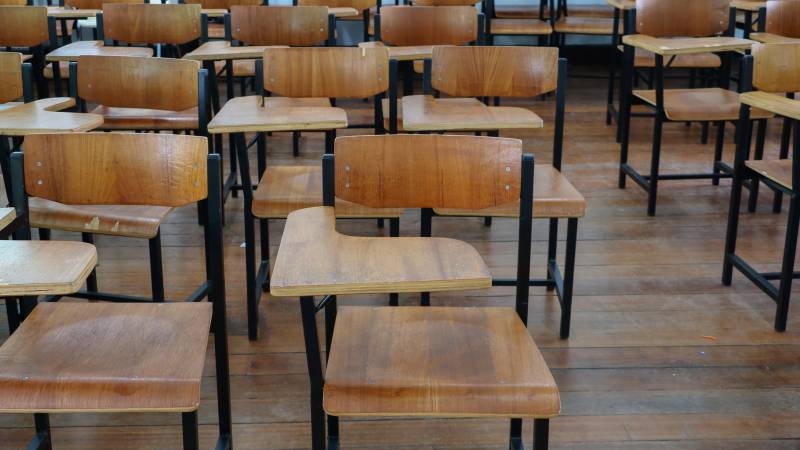School attendance teams, like Alvarado’s, will be tasked with monitoring weekly attendance data and pairing students with needed interventions and support. One option, Karigaca said, is to assign mentors.
“Somebody who's going be that extra special liaison, that's going to be a conduit between the school and the family,” he said.
“The good news is we don't have to reinvent everything, even in a global pandemic,” said Hedy Chang, executive director of Attendance Works, a nonprofit focused on reducing chronic absences.
One key thing schools can do is use past data on chronic absenteeism proactively.
“The idea is that we should be thinking about prevention,” Chang said. “We already have some information from last year about who needs extra support and we should start the year off with a deeper plan so those students get extra engagement, extra support.”
Attendance Works is also suggesting additional metrics that districts can track to help inform efforts to improve attendance during distance learning, including internet access.
But what happens if these efforts to monitor and intervene don’t work? What if outreach workers run into the same issues Alvarado faced in the spring? Under normal circumstances, truancy laws eventually kick in, initiating a formal process meant to hold parents accountable. But distance learning has upended that system.
“The law doesn't seem to apply in the same way as when children aren’t physically in a classroom,” said Teresa Drenick, who runs the truancy and attendance program for the Alameda County District Attorney’s Office, noting there are some legal gray areas she hopes to see clarified in the coming months.
The key issue, she said, is that under the new law governing distance learning, there doesn’t appear to be a way to differentiate between excused and unexcused absences, and truancy law is only triggered by unexcused absences.
While it’s rare for families to end up in her office — she works with about 100 each year — other parts of the truancy process touch many more. One of the earliest steps in the process is often a hearing with a School Attendance Review Team where families and administrators try to work out a plan to address root causes of truancy. When that's not enough, cases get referred to a district's School Attendance Review Board for more intensive intervention. In Oakland, Karigaca said, around 200 cases go to the board each year. Usually that’s enough to improve attendance, but not always.
"My experience has been that there are certain families and certain students that for one reason or another — and oftentimes it’s due to extreme hardships — they aren't able to turn it around," Drenick said. That's when cases end up on her desk.
Though truancy can lead to fines, Drenick and experts like Chang say a punitive approach to discipline isn’t necessarily effective. What works best is addressing the underlying family issues that keep kids out of school. That’s what Alameda County’s truancy system is geared toward — offering support with things like transportation, health care and counseling.
Drenick said she hopes that without the court's intervention, school districts can bring the needed services to bear. And she hopes to continue to play a role. “I hope that we, as DAs, can reimagine how we can support our local school districts to make sure that kids are getting what they need,” she said.
In the absence of a formal truancy process during distance learning, Karigaca said Oakland Unified will still try to follow its general framework, even if it doesn’t have the force of law. Whether the district can successfully do that — by convening families, administrators and social service providers for hearings remotely — remains to be seen.
Chang sees silver linings in all of this. For her, the fact that the new law requires schools to intervene when students are missing school for any reason, whether the absences are excused or unexcused, is good news. “That's actually an improvement,” she said. “It’s really critical.”
A few days before school started, Madison Park Academy's Alvarado was busy trying to lay the groundwork to prevent absenteeism. He was preparing to host a Facebook Live to answer parents’ questions and making video tutorials to help students create study areas at home.
Ultimately, he and Villegas said, when it comes to attendance, the biggest challenge of all may be proving to students that it’s worth showing up and that teachers will be delivering a compelling educational experience online.

